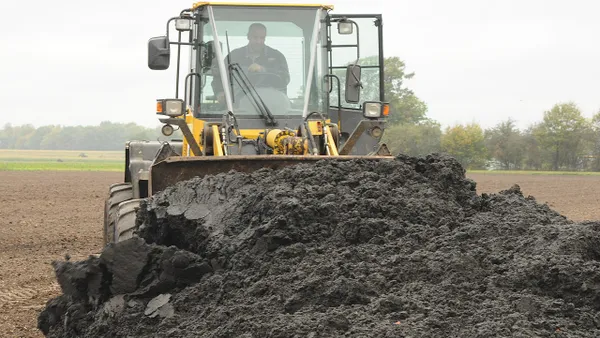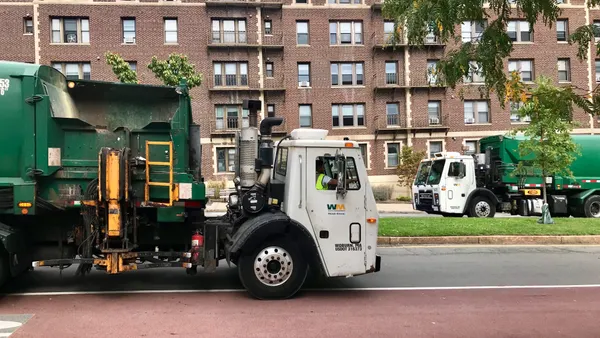Dive Brief:
- Ontario's Environmental Commissioner says that the province's current waste diversion law is good in theory but may not go far enough on its own. According to a new report, the provincial government needs to pursue additional regulation and action in order to actually increase diversion. Top suggestions include setting clear deadlines for the goals outlined in Ontario's "zero-waste" plan, released in February.
- Currently, Ontario has a diversion rate of around 25%, despite a 2004 goal to reach 60% diversion by 2008. Of the waste that is sent to landfills, around 30% is organic material. One of the new report's main points is developing and implementing a plan for dealing with organic waste, which it says will happen following input on a discussion paper released in May.
- In a press release announcing the report, the Environmental Commissioner Dianne Saxe said businesses and institutions should not be allowed to continue producing so much waste. Part of that goal, according to the report, could be following procurement policies that favor recovered materials and sustaining end markets for recovered materials.
Dive Insight:
The Waste-Free Ontario Act and Ontario's "zero waste" goals, from the Ministry of the Environment and Climate Change, have already put the province on the waste diversion map. The Environmental Commissioner of Ontario, which acts as an independent "environmental watchdog" and an officer of Ontario's legislature, says she is working to create pathways so that the goals can actually be met rather than undermine previous diversion goals.
Targeting organic material in Ontario is seen as a good place for the province to start. Already, lawmakers in Ontario are considering an outright ban on organic material from landfills. In addition to offering business potential for service providers to collect and process food waste, targeting organics could have a significant environmental impact. Food waste is estimated to be responsible for billions of metric tons of carbon dioxide emissions each year. Methods for processing food waste, rather than sending it to landfills, can also create economic opportunities and environmental benefits when sufficient regional processing capacity is available.
Creating circular economies was a hot topic at the International Solid Waste Association World Congress/WASTECON 2017 in Baltimore, and it's easy to see why given the high amount of value that some industry experts say can be extracted from all points of the waste stream. While there are new programs cropping up all the time, even the cities that have "zero waste" goals admit they are ambitious and recognize that changing consumer behavior will be necessary to reach a truly circular economy. By setting big goals, and engaging in an open public dialogue about what it will take to achieve them, Ontario is becoming a key area to watch for this movement in North America.











